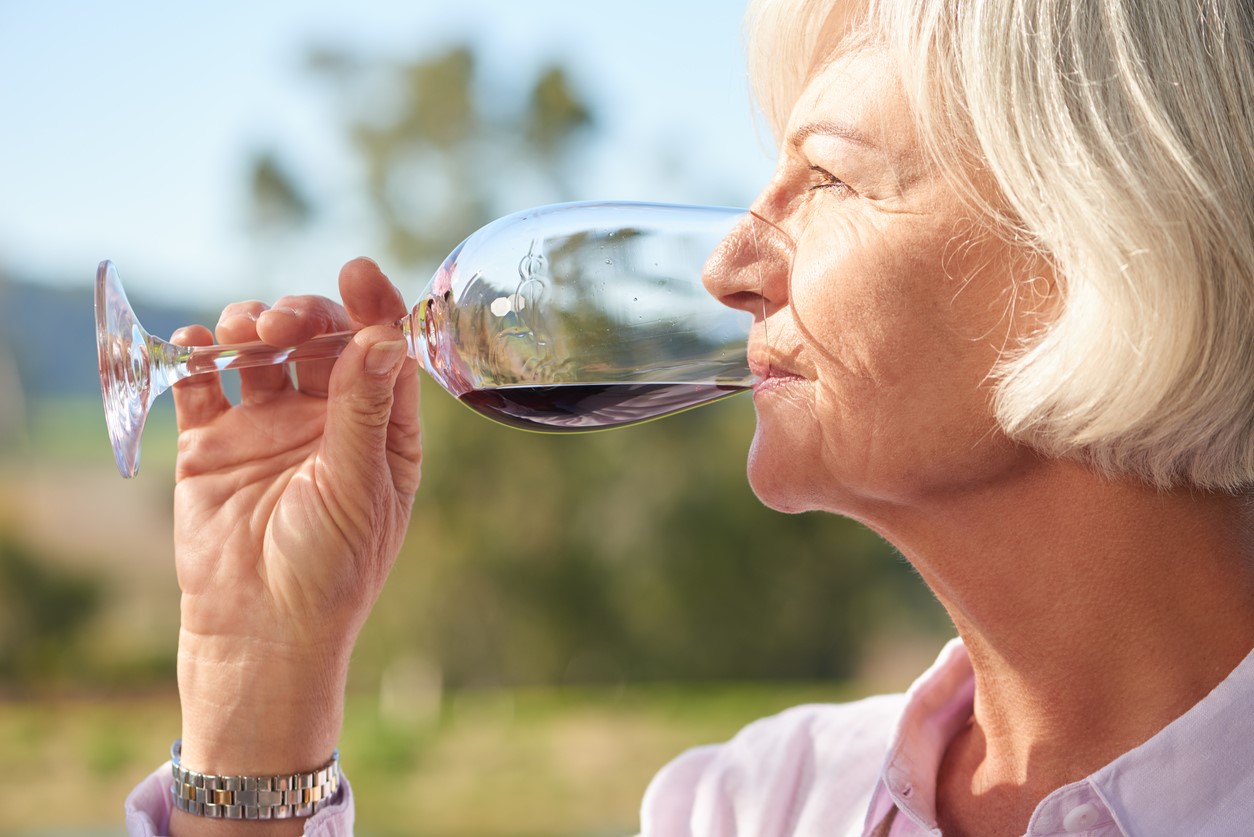Fruit, Flowers, Oak, and More: The Flavors and Aromas of Orange Coast Wines

Prepare to learn the story of a grape’s journey, told through aromas and flavors.
What do you taste? It’s the penultimate question related to wine. That’s because what you taste is totally dependent on a wine’s aroma. The easily-identifiable fragrances and aromas in wine are due to the grapes being used, which develop their characteristics from the terroir—the soil in which they grow—and finally by the choices made by the winemaker.
We append elements like aroma and flavor as a way to communicate the way wine interacts with us. It’s exciting and gratifying when we identify a singular characteristic in a wine, and those drinking it with us agree: they can taste or smell it, too!
Primary aromas
You’ll experience what’s known as a primary aroma in a young wine. These early scents are mostly identified with fruits. With red wines, you’ll detect:
- Strawberries
- Cherries
- Boysenberry
- Blueberry
- Blackberry
- Cassis
White wines often are associated with primary tastes of:
- Citrus
- Apple
- Pear
- Pineapple, or other tropical fruits
You say you’re tasting a hint of coffee? Or maybe chocolate? You’re detecting the characteristics the wine has pulled in from the oak casks in which it aged. Different wood species will help wine to develop characteristics that can remind you of flowers, or even licorice.
With age, sophistication
Over time, as the wine continues to age in the bottle, it’ll develop what’s known as tertiary qualities. These are the secondary flavors and aromas that’ll come to mind when you take a sip of wine and after you experience the stronger primary flavors and aromas.
They won’t come so easy. Often, they’re subtle. You’ll definitely need your best sense of smell to coax them out. Some of the more easily recognizable ones are:
- Tobacco
- Spice
- Earth
- Smoke
- Stone
These tertiary qualities develop over time, and they add both complexity and depth to a wine. They’re usually associated more with the characteristics of the earth in which the grapes grew. A taste of wine that after a moment makes you think of stones often speaks of soil that sits upon limestone bedrock. It shapes the pH of the soil. The grapes have pulled this in through the soil, and now they’re telling you the story of the ground in which they grew.
Who knew that wine could be such a conversationalist?
What do Orange Coast wines have to say?
The Orange Coast Malbecs and Zinfandels will definitely speak to you of berries. If your preference is for a white wine, you’ll find that the Orange Coast Pinot Grigio has a primary aroma of pears and finishes with a floral flourish. The Sauvignon Blanc, on the other hand, will serve you an aroma of lemon grass and citrus before finishing off with hints of vanilla.
What do you taste? The sensations your nose and mouth deliver to you are pieces of the story of a grape’s journey. You’re experiencing the tale of what it took from the earth as it grew, what it learned from the wood as it fermented, and what it combined to unfold as it aged in a bottle.